
Бесплатный фрагмент - 3D drawing
Hole on paper
Artist Farit
3D DRAWING
Detailed course 3D drawing
Volume Two.
Hole on paper.
Table of contents
Introduction.
3D drawing on paper.
Conclusion
.
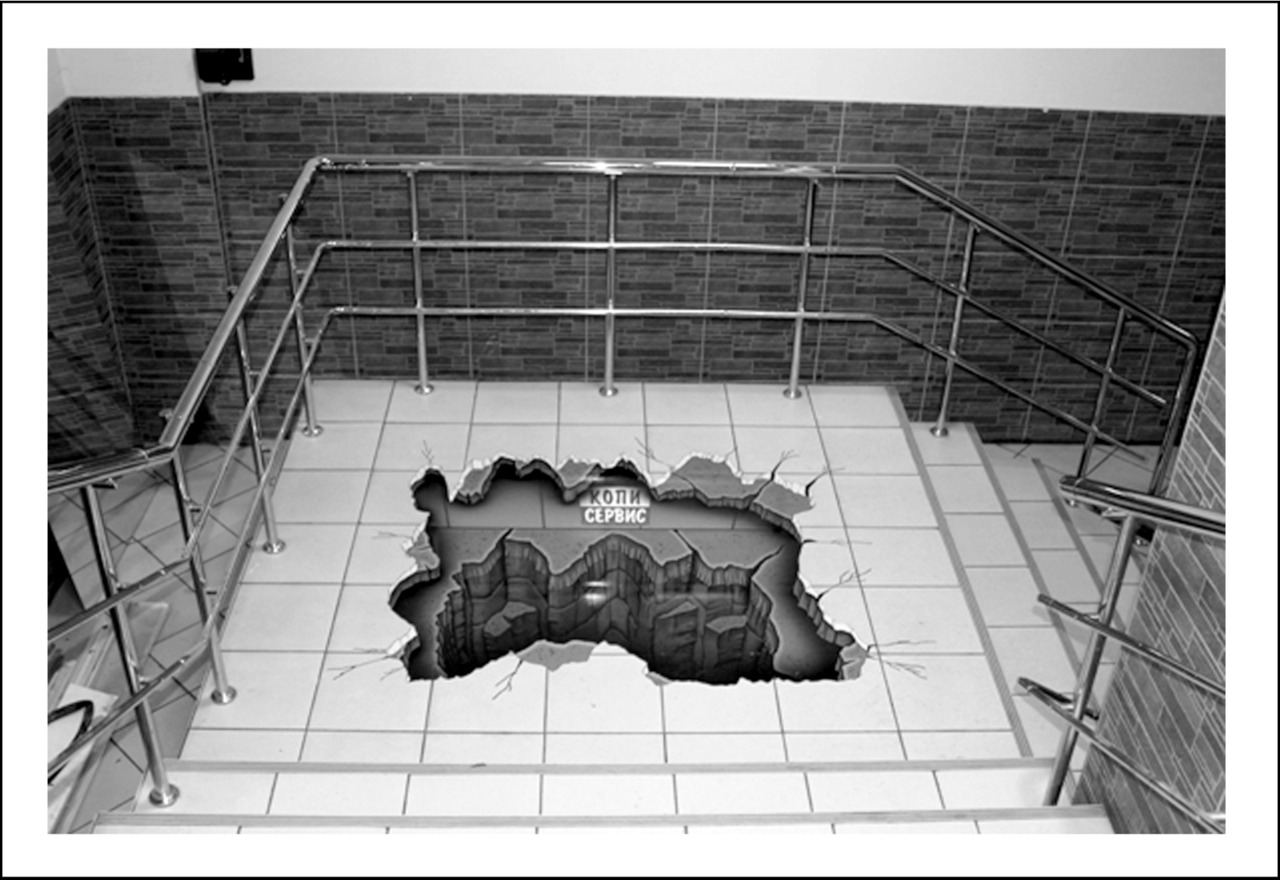
This drawing lasted only one day on the stairs of the shopping center. One woman, seeing the drawing, was frightened, but when she looked closely, she laughed. Later, one of the visitors was more seriously afraid, and complained to the director of the shopping center. The director said — Remove the drawing, I do not need heart attacks on the stairs of my shopping center.
ATTENTION!
You are watching the book «3D DRAWING. Hole on paper.»
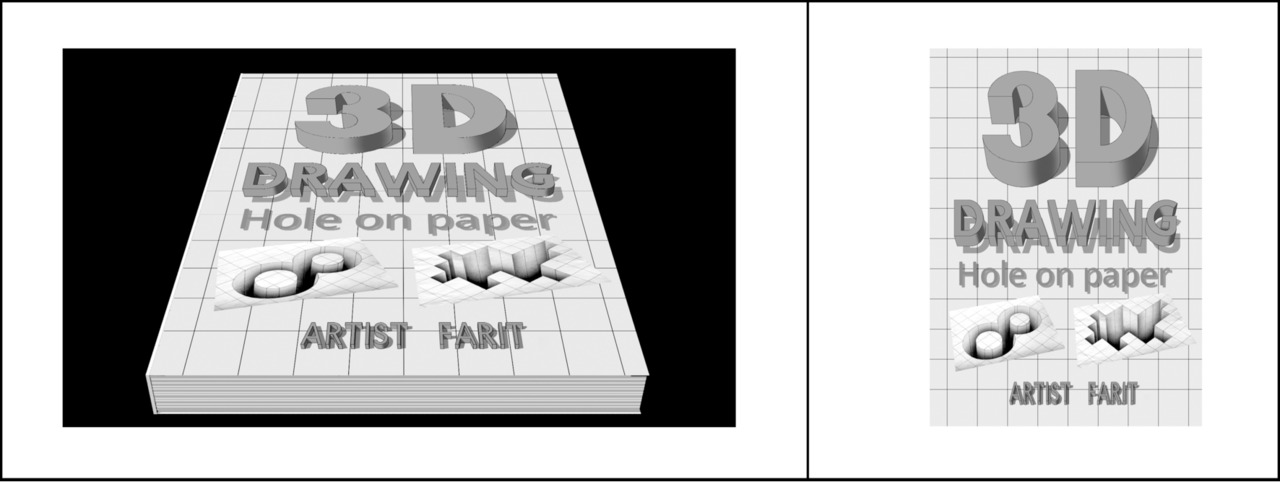
If some time ago, you bought the first version of this book, with the short title «3D DRAWING», without the addition of «Hole on paper», the cover of which is shown below.
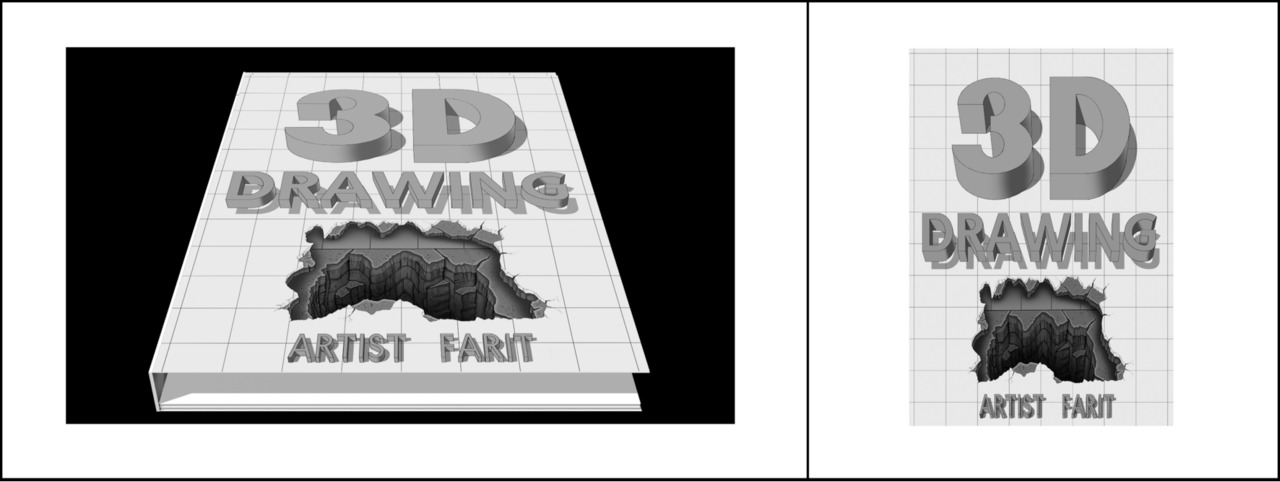
In this case, buy the book «3D DRAWING. Hole on paper.» Which you are currently viewing is not necessary. The book «3D DRAWING. Hole on paper.» contains the same lessons that are in the first book with the short title «3D DRAWING».
Introduction
Keep learning. Learn more about computers, about crafts, gardening — about anything. Never leave your brain lazy. “An idle brain is the devil’s workshop.” And the name of the devil is Alzheimer.
George Carlin.
At a fairly late age, I learned to draw 3D drawings. I learned on my own, not finding instructions in books or on the Internet. I came up with a very simple and visual way to learn how to draw 3D drawings. The course teaches an understanding of how to draw a 3D drawing. Detailed explanations of the fundamentals and principles, thoughtful exercises, will help readers master the secrets of the art of 3D drawing.
The course is intended for a wide range of readers. The course will be useful to novice artists, and experienced. Errors in building the perspective of 3D drawing I have met even experienced artists. If you draw at a professional level, the course will help you deepen your perspective building skills.
The course may be of interest to teachers of geometry, drawing and drawing of secondary schools, drawing schools, colleges and higher educational institutions. 3D drawing lessons will help to make drawing, sketching and geometry lessons more interesting for teenagers, youth and students. The course will be useful for the development of spatial, geometric thinking. For a better understanding of geometry. To improve spatial vision and imagination.
My course is a good way to interest geometry, adolescents and youth. Learning to draw a 3D drawing, a good way in a fun way, explain some of the laws of geometry. An interesting intellectual occupation, which can captivate adolescents and youth.
Drawing a 3D drawing (in some cases) is much easier than painting a portrait or landscape.
3D drawing, it is more — GEOMETRY. Geometry that is not studied at school. But from this it does not cease to be geometry. Many objects can be drawn using only a ruler and a dividers. Perhaps if my course becomes quite popular, a new section will appear in school geometry — geometry 3D drawing. 3D drawing is a kind of offshoot of geometry.
The ability to draw a 3D drawing can enhance the credibility of a geometry teacher in the eyes of students.
The course may be of interest to parents of adolescents and children. Joint development of the ability to draw 3D drawings is a good activity for spending family time. Occupation useful for the development of the brain of children, adolescents and parents. To distract teenagers and children from computer games and gadgets.
The course will be useful even to parents of 6–7 year old children. The sooner you show your child what perspective and geometry are, the better. I began to draw “voluminous” (NOT 3D) drawings in kindergarten, aged 5–6 years. Then I did not understand what geometry or perspective is. The kindergarten teacher showed me one small “trick” how to make “voluminous” drawings from my flat drawings such as “side view”.
I am many years old; this lesson in kindergarten was a very long time ago. I don’t remember the details, but I well remember what effect the conversion of my “flat” drawings into “voluminous” had on me. It was like an insight. Thanks to this effect, I remember that case. Perhaps that lesson, with a little “trick”, started the process of mastering and understanding geometry in my brain. After that “lesson”, I drew “flat” objects and turned them into “voluminous” ones. For me it was one of the most interesting activities.
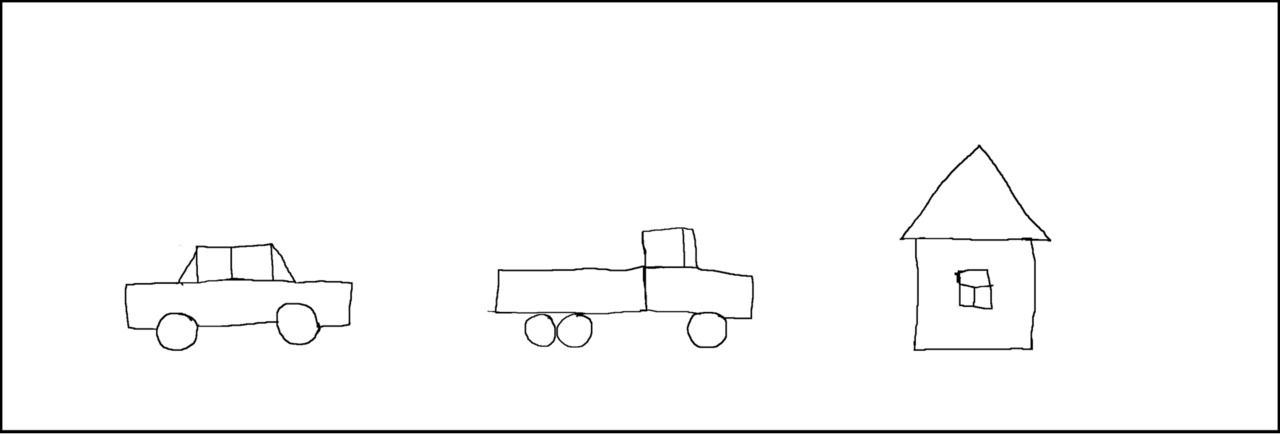
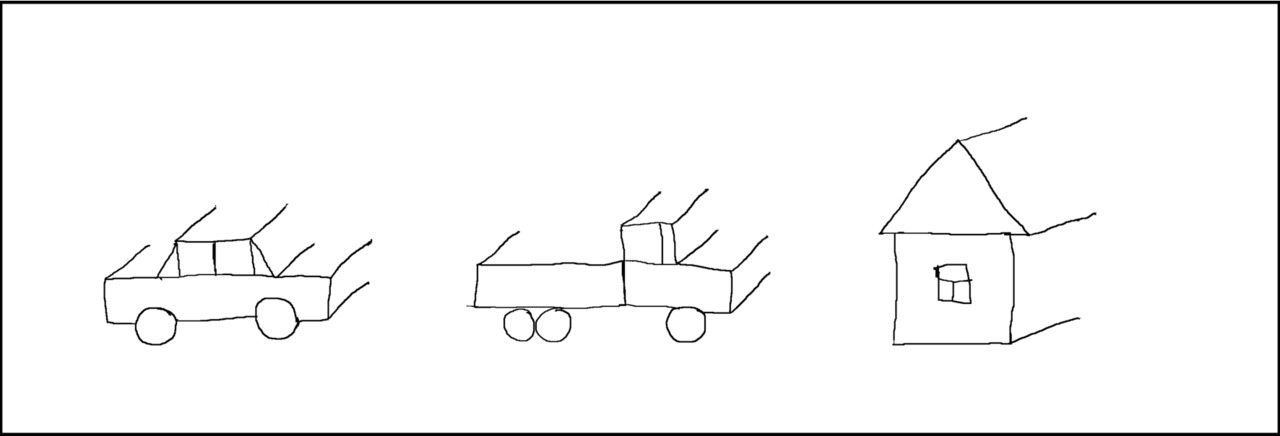
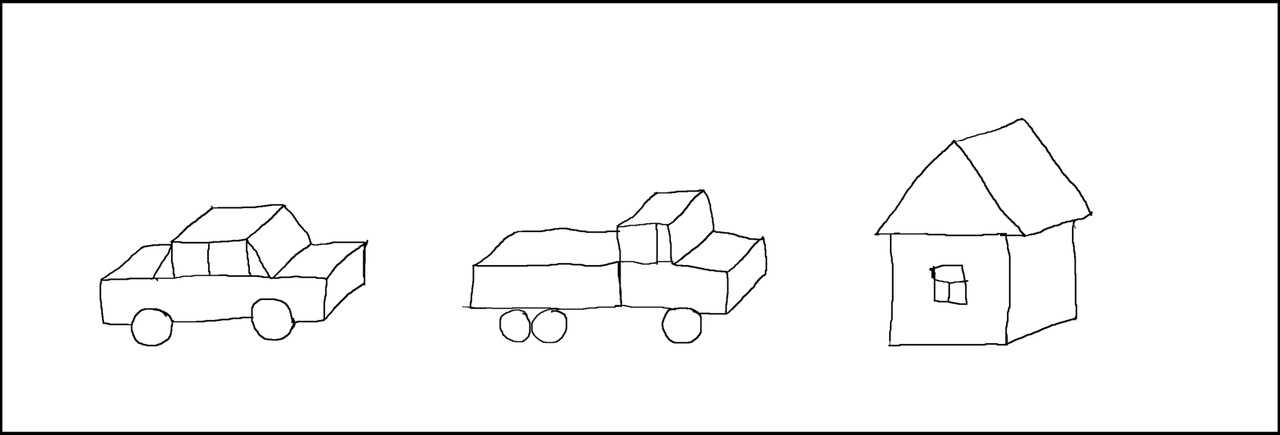
Preschoolers should watch similar lessons. If they have a predisposition to spatial vision, it will be very useful and interesting for them. Unless they are predisposed to drawing and geometry, they will not suffer from these lessons.
Perhaps if the kindergarten teacher did not show me this «trick», I would not be able, at an older age, to independently master the 3D-drawing and write this guide on the basics of 3D-graphics.
The brain in childhood is particularly tuned to learning. The first, main and main goal of the children’s brain is learning. Learning, everything that will help to survive in the race for survival, in conditions of natural selection. Therefore, children can quickly learn a second, non-native language. Learning a second language for adults is very difficult.
Surely, both the basics of perspective and the beginning of geometry, children can master in childhood better than later, as adults.
My “voluminous” drawings in childhood were not 3D drawings. 3D drawing is a bit more complicated than simple “three-dimensional” drawings. The prospect of “volumetric” drawings, in childhood, was not central, but axonometric, or parallel to oblique projection.
This type of perspective was used in drawing and painting before the central perspective was discovered and mastered during the Renaissance.
The axonometric (parallel, oblique) perspective was used in Byzantine and Old Russian painting. The Chinese and Japanese also used axonometric perspective in their paintings. Perhaps because an axonometric perspective is the easiest to understand perspective.
If young children themselves cannot master the prospect, they will be able to be proud (and show off) of their parents who can draw 3D drawings. There is such a good saying – “Do not raise a child, he will still become like you, educate yourself.” Therefore, advice to parents of young children – Learn to draw! Children looking at you will also learn.
3D drawing is not only an interesting and developing activity for free time (hobby), but also an interesting work. Being able to draw 3D drawings, you can draw advertising (commercial) or entertaining 3D drawings. Having spent several dollars on the book, you can earn ten or one hundred times more. A small 3D drawing of medium complexity can cost from 250—500 dollars/euro. Complex and large 3D drawings can cost a lot more.
Thanks to the ability to draw simple 3D drawings, I went to the international street art festival for the cost of just one 3D drawing. Moreover, I traveled abroad of my country, to a fairly large distance. 3000 km one way. Part of the road (2 hours) flew by plane, traveled by train for two nights, and this is only one way. At night I rode on the train, and during the day I walked around the cities, around Moscow, around Riga, along Bremen.
In addition, the organizers of some festivals compensate for the cost of the road, provide accommodation, partially provide food and woter, and give out some materials.
Being able to draw a 3D drawing, you can increase the number of views and the number of subscribers to your YouTube channel, or social networks. Many videos with 3D drawing, gaining thousands of views. Some videos with 3D drawing, gaining millions of views.
Drawing 3D, like any intellectual action, very good training and “gymnastics” for the brain. A diversified brain in any direction works more efficiently. Learning to draw 3D drawings, you will train your brain, and the brain will last you longer. Your brain will remain clarity and health longer.
By drawing 3D drawings, you will postpone the meeting of your Alzheimer, Parkinson and other older satellites for several years.
Drawing a 3D picture on the pavement is also good physical education. Drawing a 3D drawing on the pavement, you have to squat a lot. After drawing my first 3D drawings, my leg muscles were very sore. With a noticeable effort, I sat down and got up from my chair. But constantly drawing, “training”, squatting, the leg muscles got used to the loads and stopped hurting.
3D drawing on paper
The best way to understand and master the basics of 3D drawing, draw on paper. Drawing on paper you can quickly learn the principles of 3D drawing. You can draw on paper at any time of the year, without waiting for free from snow, or rain, clean, dry asphalt. A drawing on paper is much smaller, and therefore it can be drawn much faster than a large drawing on asphalt. By drawing on paper you can be less afraid of mistakes. I made a mistake, erased the line or the whole drawing and start over. Or take a new blank piece of paper and start over. Materials and tools for drawing on paper are much cheaper than for drawing on asphalt.
Tools and materials
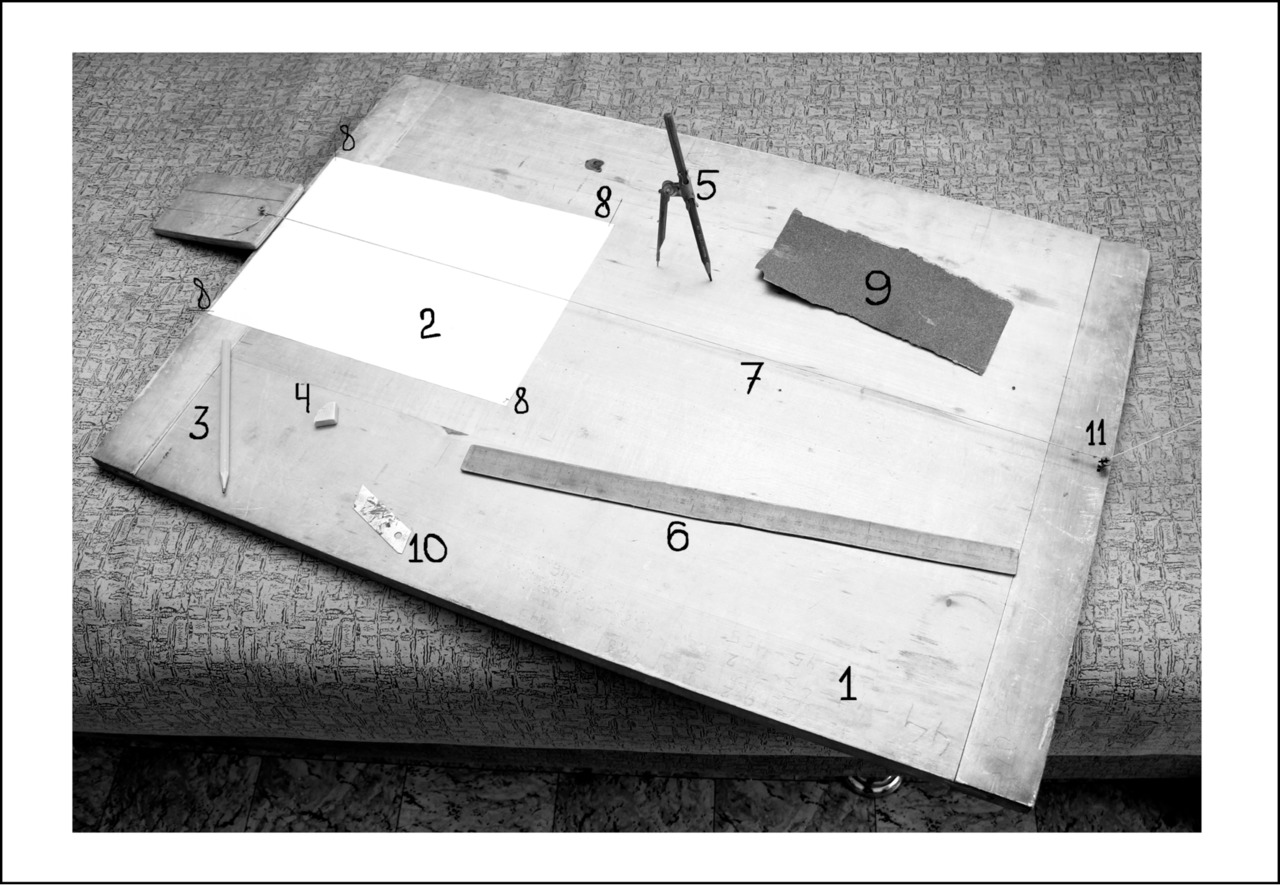
The width of the tablet should be no less than the width of the paper on which you will draw. It should be a table, a tablet, a sheet of smooth chipboard or smooth plywood, into which it is not a pity to screw a screw, or drive a nail.
(photo of a tablet with all materials and tools)
2. Paper A4, A3.
3. Pencil.
4. Eraser (eraser).
5. Dividers.
6. Ruler 30—40 cm.
7. A long ruler ≈ 1m, or a thin cord.
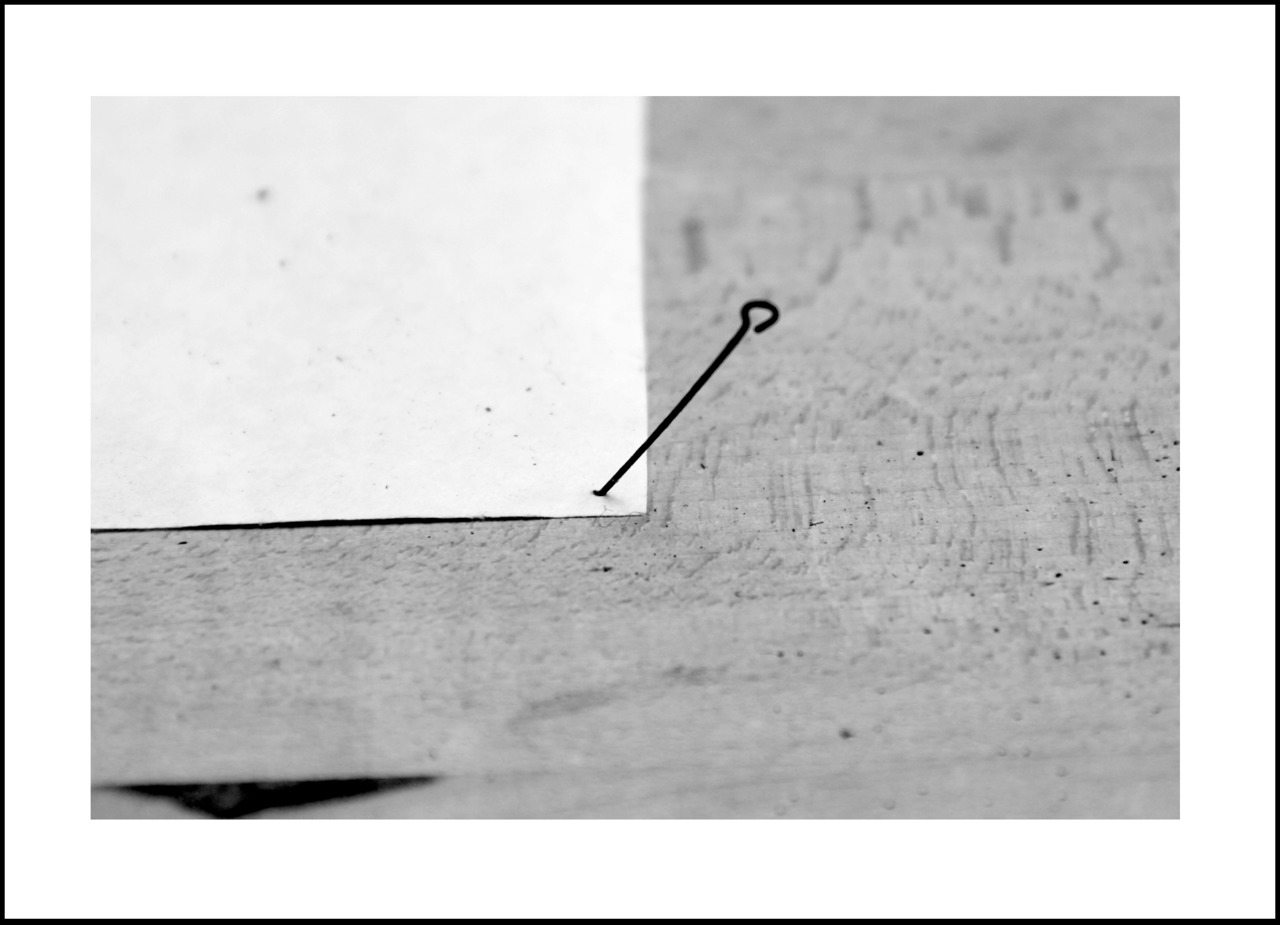
They are needed in order to fix a sheet of paper motionlessly on a tablet or on a table.
9. A small piece of sandpaper to clean the eraser.
10. Knif to sharpen a pencil.
11. Screw.
12. The camera with a tripod. The camera is needed to check the proportions during drawing, and take pictures, ready-made drawing.
Pit, hole, ground dips, hole in the floor
Square / rectangular pit, round pit, shapeless pit. A pit in the form of letters, numbers, hearts or in the form of any other forms and symbols.
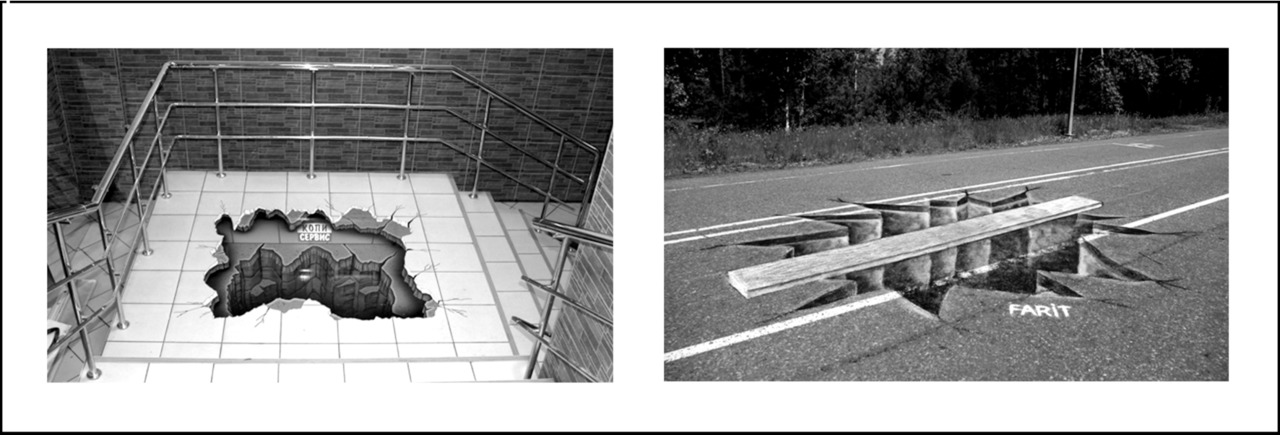
Rules for drawing a 3D drawing
The process of drawing a 3D drawing has several rules. We will get to know them as they are mastered and applied.
Rule number 1.
All faces, sides lying on paper, on asphalt, are drawn absolutely without distortion. If we draw a square hole, then on paper (asphalt) we draw a square. If we draw a round hole, then on paper (asphalt) we draw the correct circle. If we draw a hole in the form of a letter, number or any other symbol, we draw the contours of this object without distortion.
Rule number 2.
All «vertical», «parallel», «perpendicular» to paper (to asphalt) planes of the line of objects drawn in 3D drawing converge at one point. This point is called the «vanishing point.» The vanishing point lies on the plane in which the drawing is drawn. If the drawing is on paper, the vanishing point lies on the tablet (table) on which the sheet of paper lies. If the 3D drawing is on asphalt, the vanishing point lies on the asphalt.
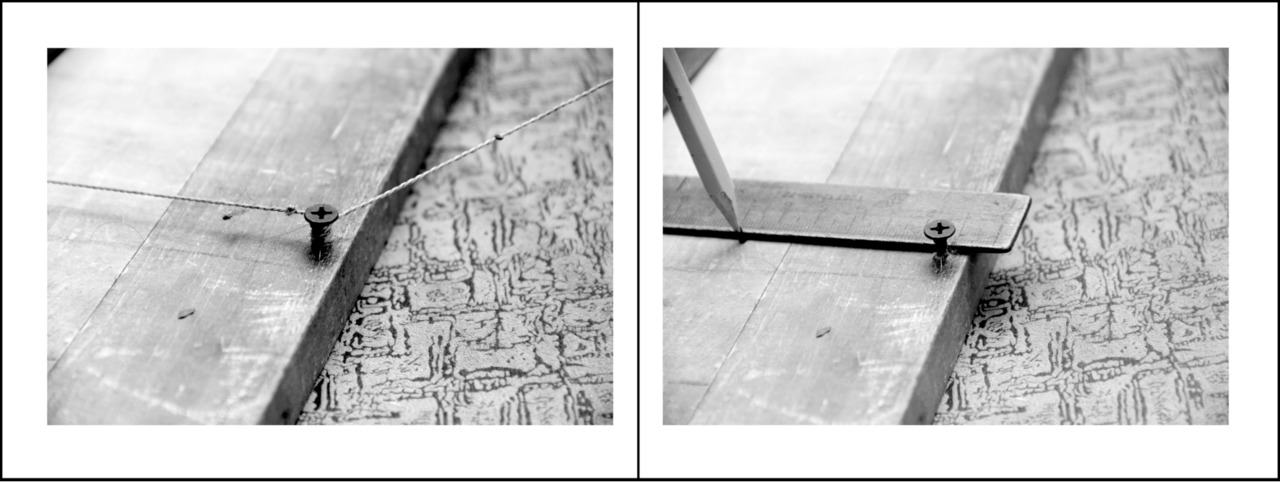
If there is no tablet, or you don’t want to spoil the tablet (table), you can glue a piece of plywood to the table. Plywood can be glued with double-sided tape, or simple single-sided tape. Also, if you do not want to spoil a good table, at the vanishing point you can glue a small sheet of paper with a cross drawn. But such a vanishing point is only suitable if you have a long ruler.
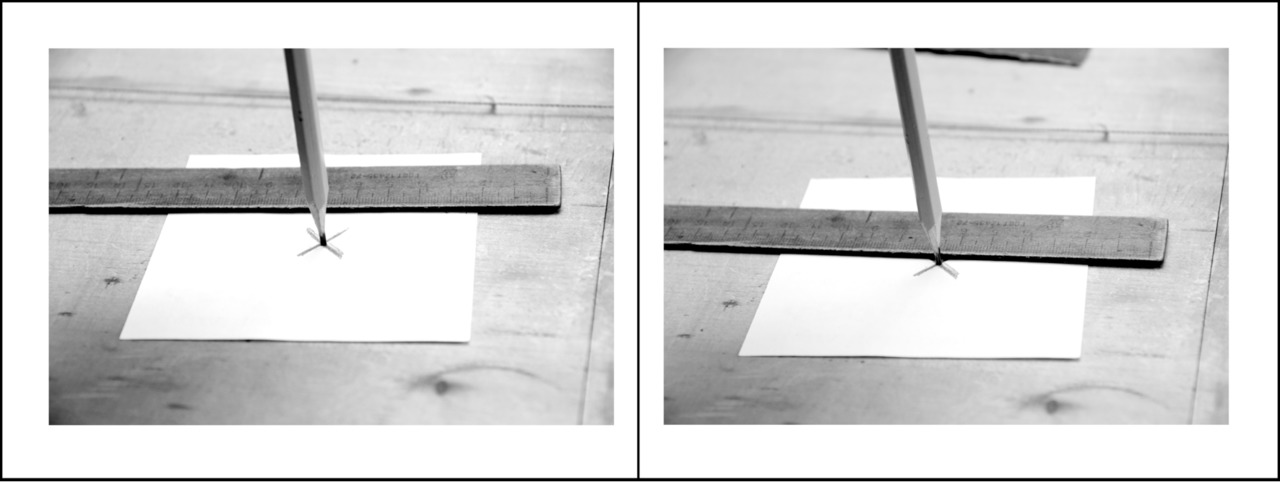
Place a pencil on the vanishing point. Attach one end of the ruler to the pencil lead. Turn the ruler as needed for the drawing. Hold the ruler firmly so that it does not turn. Without changing the position of the ruler, draw the desired line. Draw a line along the side of the ruler that was attached to the pencil lead.
We start to draw.
I will draw two examples in one illustration.
It’s so convenient to show different layout options for the sheet and the drawing itself.
One sheet parallel to the edge of the table, the second sheet at an angle to the edge of the table.
On one sheet, the grid is parallel to the edges of the sheet, on another sheet, the grid is at an angle to the edges of the sheet.
On one sheet, the picture is at one angle, on the other sheet, the picture is at a different angle.
It is also convenient for the format of book illustrations.
You can choose one of two examples and follow it. Having finished drawing the first example, you can move on to the next lesson.
If you’re interested, and to consolidate the knowledge of this lesson, you can go back to the beginning and draw a second example from this lesson.
Square hole
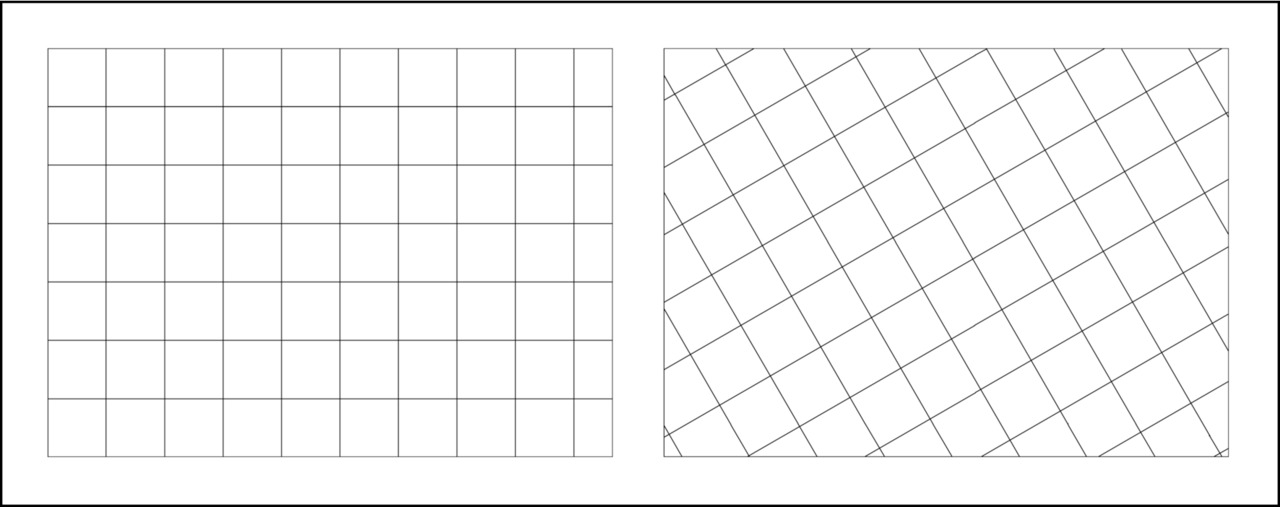
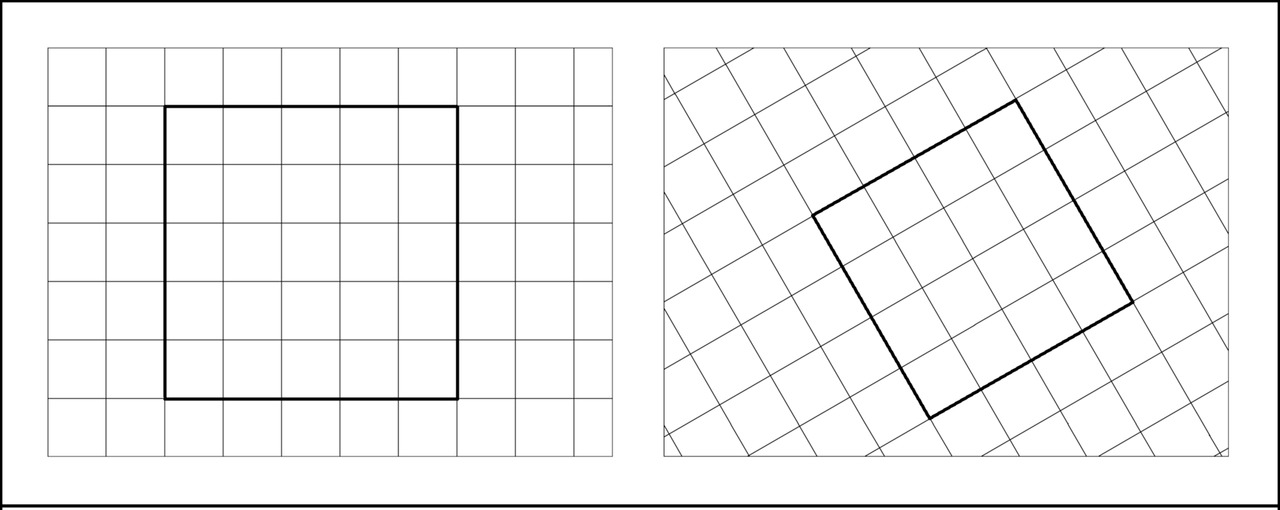
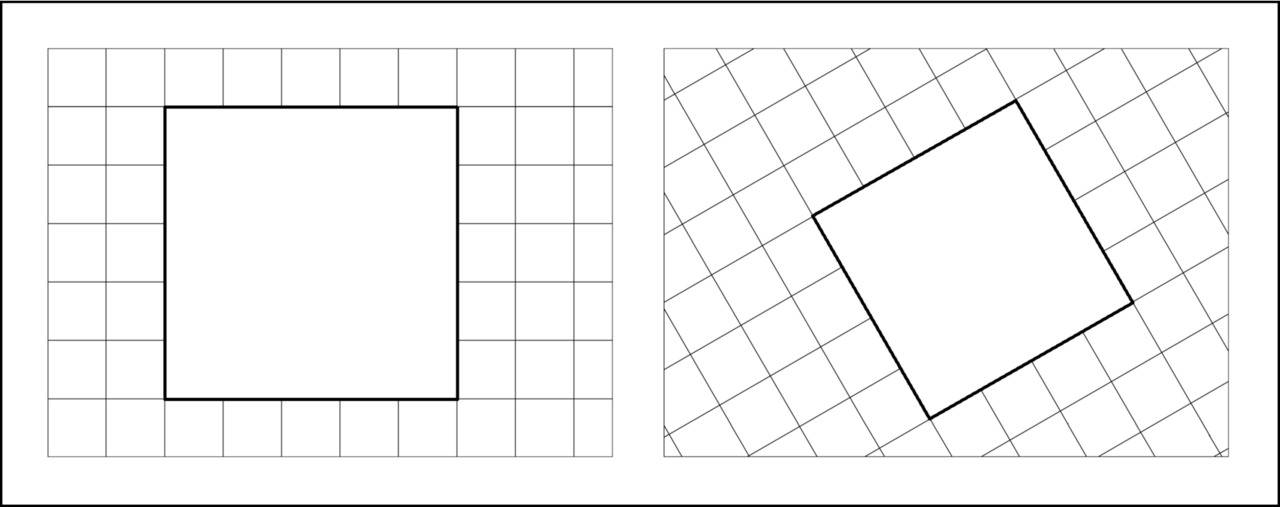
Бесплатный фрагмент закончился.
Купите книгу, чтобы продолжить чтение.
